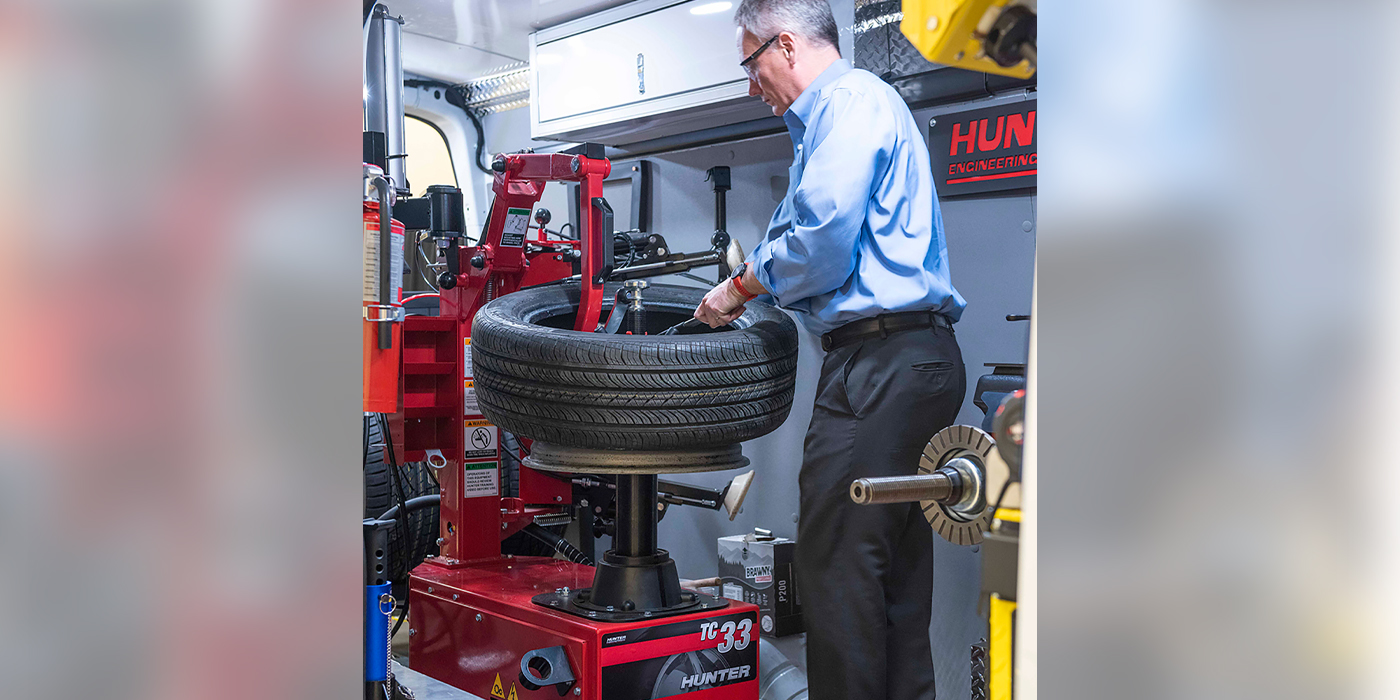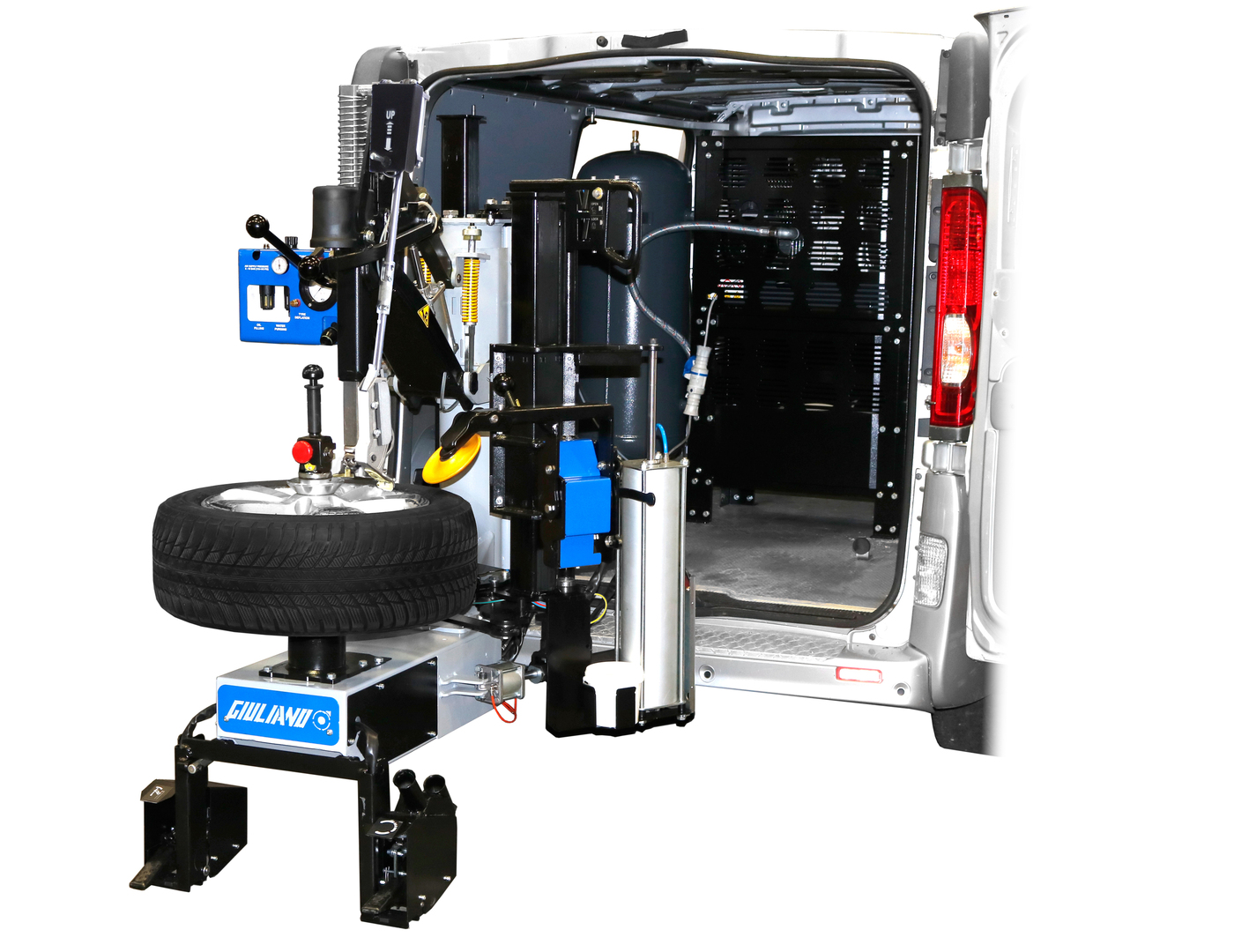Premium Mobile Tire Replacement Las Vegas - High Quality Assured
Tire Solution: Proven Methods for Ideal Tire Upkeep and Treatment
Keeping optimal tire condition is extremely important for both safety and performance of any kind of vehicle. From guaranteeing proper tire pressure to routine turning and placement, there are tried and tested methods that can significantly expand the lifespan of your tires and enhance general driving experience. As we discover the complexities of tire care and maintenance, we will certainly discover essential standards that every automobile proprietor need to stick to for the very best possible outcomes. Allow's dig right into the world of tire solution and discover the keys to keeping your tires in top-notch shape for the lengthy haul.
Importance of Tire Pressure
Appropriate tire pressure is a vital consider making certain optimum car performance and safety and security when driving. Keeping the advised tire pressure levels supplied by the manufacturer offers countless advantages. Appropriate tire stress promotes better fuel performance, as under-inflated tires can lead to boosted rolling resistance, triggering the engine to function harder and consume more gas. Second of all, right tire stress guarantees also tread wear, improving tire durability and conserving cash in the future by postponing the demand for premature replacements. In addition, appropriately inflated tires add to improved handling and braking capabilities, critical for safe driving in numerous road problems. Over-inflated tires, on the various other hand, can lead to lowered traction and a harsher trip. Conversely, under-inflated tires are vulnerable to overheating, which can result in blowouts and mishaps. Regularly examining and adjusting tire pressure, particularly in the past lengthy journeys, is a simple yet efficient means to boost vehicle efficiency, prolong tire lifespan, and prioritize safety when traveling.
Tire Rotation Standards
When thinking about tire turning guidelines, it is necessary to comprehend the value of this maintenance job in optimizing tire lifespan and preserving ideal vehicle performance. Tire turning includes transforming the position of each tire on a lorry to make certain even tread wear. Front tires often tend to put on faster than rear tires due to steering pressures, making regular rotation crucial for balanced wear patterns. The recommended turning pattern varies depending on whether an automobile is front-wheel, rear-wheel, all-wheel, or 4x4. Normally, tires ought to be rotated every 5,000 to 7,500 miles, or as suggested in the car handbook. Disregarding tire turning can lead to unequal wear, affecting handling, traction, and possibly compromising car safety. By adhering to proper rotation guidelines, drivers can prolong the life of their tires, enhance gas performance, and enhance overall driving experience. Regular turning is a basic yet efficient maintenance technique that adds significantly to tire longevity and vehicle performance.

Benefits of Wheel Alignment
Guaranteeing proper wheel positioning after tire turning is critical for maintaining balanced wear patterns and making best use of automobile performance. In addition, right wheel alignment assists to prolong the life-span of your tires. Misaligned wheels can cause unequal tire wear, leading to early tire substitute and enhanced maintenance expenses.

Tire Tread Deepness Check
Doing a routine evaluation of tire tread deepness is important for maintaining secure driving problems and lengthening the life-span of your tires. The tread on your tires plays an important function in offering grip, specifically in wet or slippery conditions. To examine your tire walk deepness, you can use a tread deepness scale or the cent test. The suggested tread deepness is at the very least 2/32 of an inch. If the walk deepness is listed below this threshold, it is time to change your tires to guarantee optimal performance and safety and security when driving. Uneven step wear can suggest problems with tire suspension, pressure, or placement, highlighting the importance of regular walk deepness checks. Disregarding to keep an eye on and preserve correct step depth can bring about lowered grip, longer braking ranges, and an enhanced danger of hydroplaning. By integrating tire tread depth explore your regular upkeep timetable, you can drive with confidence knowing that your tires remain in top condition.
Seasonal Tire Assessment
Seasonal tire evaluation is a fundamental facet of tire upkeep that makes sure tires are all set to encounter the obstacles positioned by various weather conditions. In preparation for winter months, it is important to inspect this post the tire pressure regularly as cold temperature levels can cause tire pressure to go down. By carrying out routine seasonal tire assessments, drivers can prolong tire life-span, enhance gas effectiveness, and most significantly, ensure a safe and secure driving experience in varying weather condition conditions.
Verdict
To conclude, keeping proper tire pressure, revolving tires routinely, aligning wheels properly, monitoring step deepness, and carrying out seasonal assessments are essential practices for optimal tire treatment. By adhering to these you can find out more verified approaches, vehicle drivers can ensure their tires last longer, perform far better, and add to overall lorry safety and security. It is necessary to focus on tire upkeep to prevent mishaps, boost gas efficiency, and extend the life-span of tires.
Appropriate tire pressure advertises better fuel effectiveness, as under-inflated tires can lead to boosted rolling resistance, triggering the engine to work tougher and eat even more fuel.When taking into consideration tire rotation standards, it is important to understand the significance of this maintenance job in maximizing tire life-span and maintaining optimal vehicle performance. Seasonal tire inspection is a fundamental facet of tire maintenance that guarantees tires are prepared to deal with the challenges posed by different weather condition problems. By carrying out regular seasonal tire assessments, drivers can lengthen tire lifespan, boost gas efficiency, and most significantly, make certain a safe driving experience in varying weather condition problems.
In verdict, keeping correct tire pressure, turning tires on a regular basis, lining up wheels correctly, keeping an eye on tread deepness, and carrying out seasonal evaluations are important techniques for optimal tire treatment.